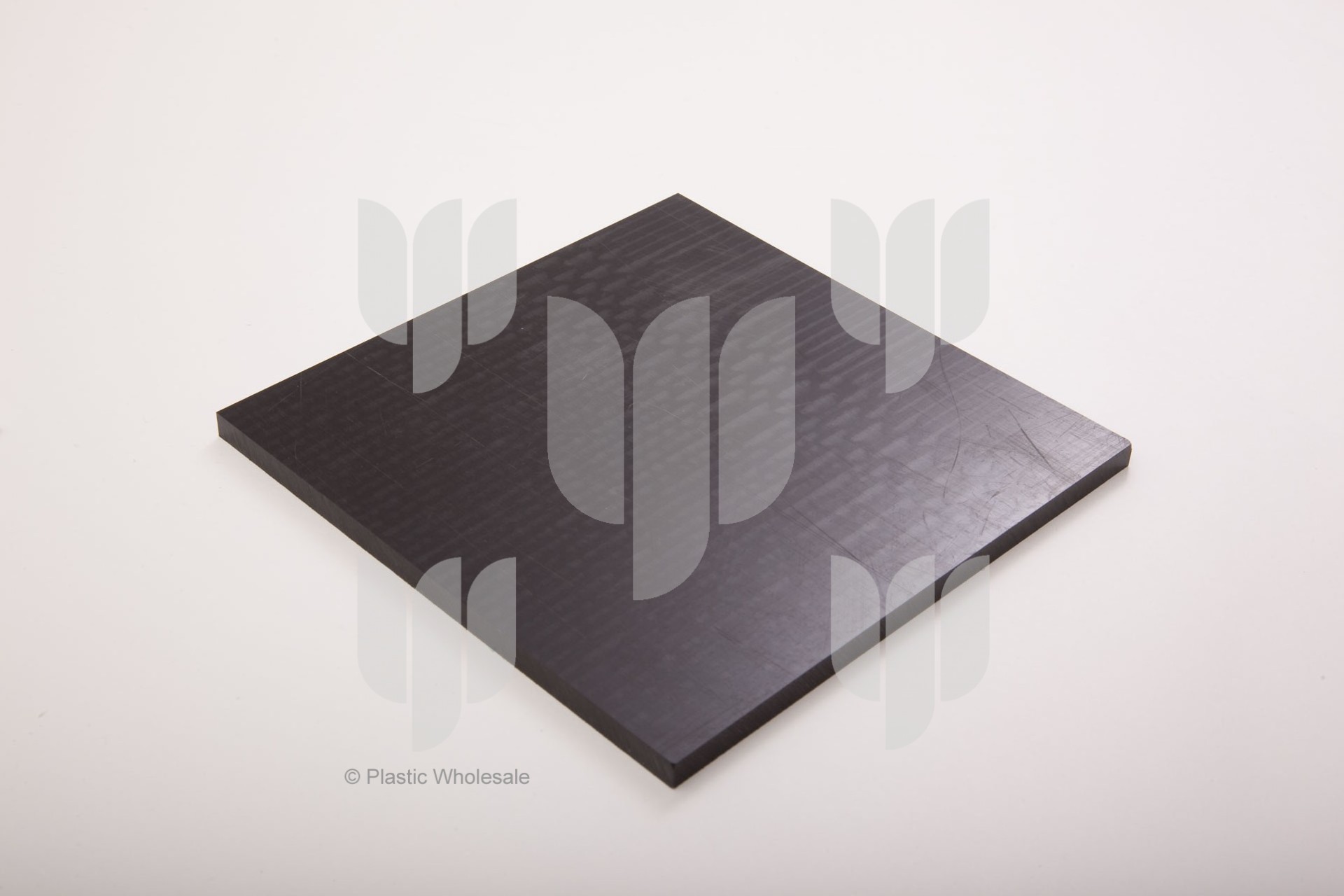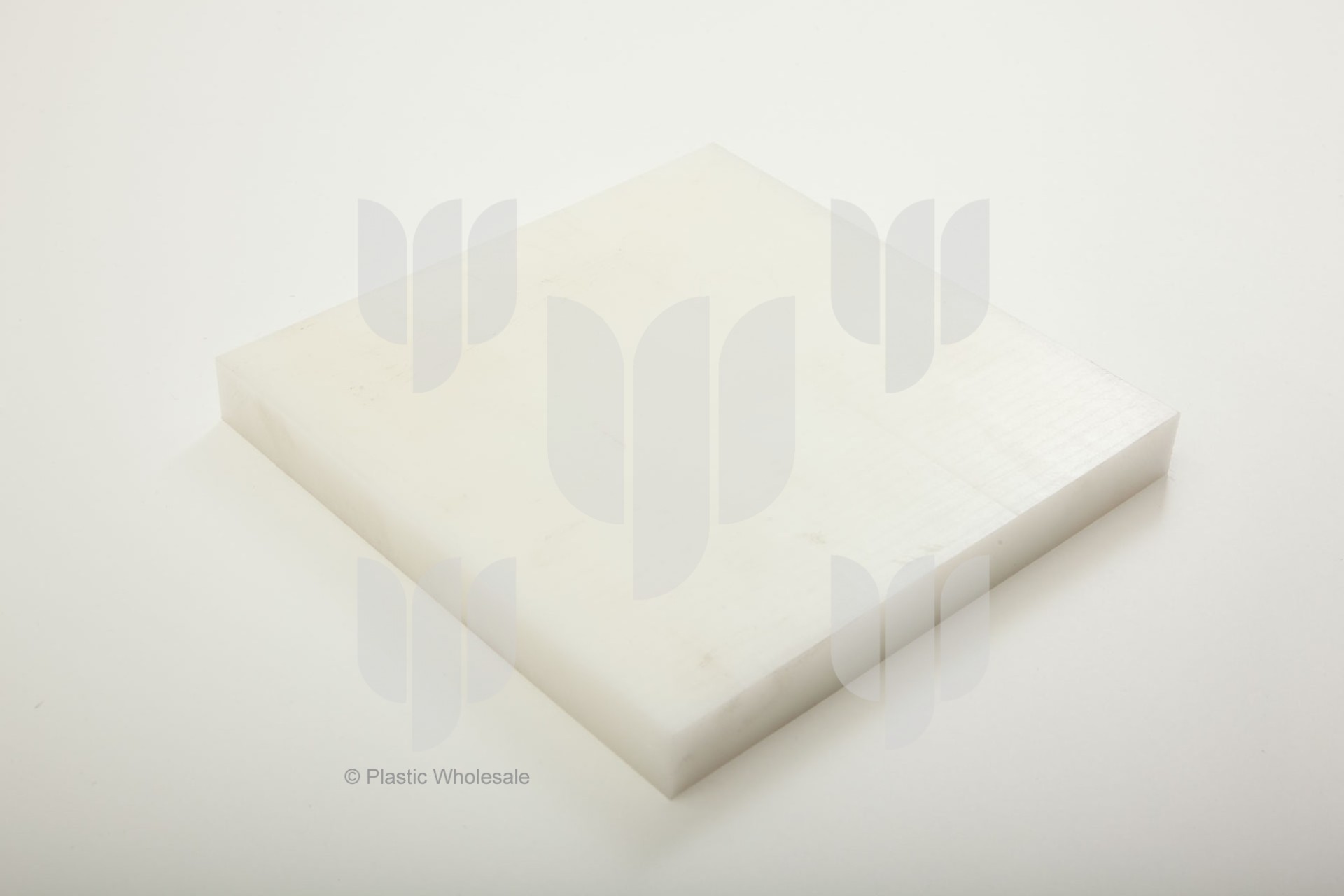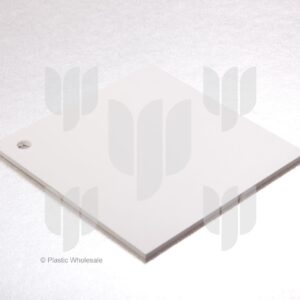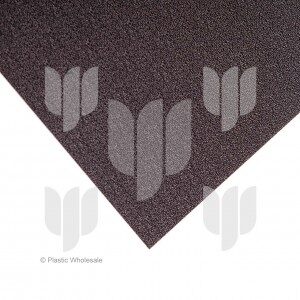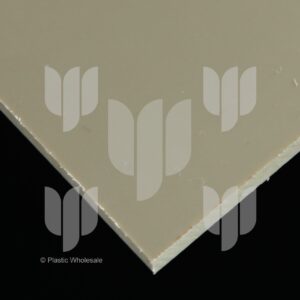About Acetal
Acetaldehyde, commonly referred to as POM and also known as Delrin®, Celcon®, polyacetal and polyformaldehyde, is a high-strength, impact-resistant thermoplastic that is easy to machine, wear-resistant, offers high heat resistance, and has excellent dimensional stability.
It also has low water absorption and is resistant to most forms of chemical exposure with the exception of chlorine and acid hydrolysis, making it suitable for many industrial and mechanical applications, from conveyor systems to automotive lock devices.
Although not as strong as nylon, Acetal is easier to machine and is sometimes preferred for this reason.
 Download datasheet (139Kb)
Download datasheet (139Kb)
History
1920s – German chemist Hermann Staudinger experiments with polymerisation of acetal while studying huge molecules
1956 – DuPont files a patent for acetal after having first successfully synthesised it approximately four years earlier
1960 – DuPont completes a plant to produce homopolymer acetal in West Virginia
1962 – Celanese starts producing copolymer acetal in Kelsterbach, Germany
Applications
The solid strength and resistance of acetal to a wide range of chemicals – including hydrocarbons, alcohols, ethers and ketones – make it suitable for the most demanding industrial and mechanical applications. It is used for the following:
- Gears, Bearings and Industrial Wheels: The superior strength and wear resistance of acetal make it suited to high-repetition workshop environments.
- Conveyor Systems and Wear Strips: Acetal is chosen for these applications for its heat and wear resistance, along with its high strength and chemical neutrality.
Acetal’s desirable characteristics see it used for a wide range of other applications, such as electronic components, handles, hinges, clothing zippers, aerosol cans and medical inhalers.
Key Properties
General
Density relative to water (=1), 1.41
Water absorption (24 hrs), 0.24%
Thermal
Continuous Service Temperature, 80°C (176°F)
Melting point, 165°C (329°F)
Mechanical
Tensile Strength at Break, 62,000 kPa (9,000 psi)
Tensile Modulus of Elasticity, 2400 MPa (350,000 psi)
Flexural Strength, 79,300 kPa (11,500 psi)
Impact Strength, Notched Izod @ 23°C, 0.8 J/cm (1.5 ft-lbs/in)
![]() Download datasheet (139Kb)
Download datasheet (139Kb)
